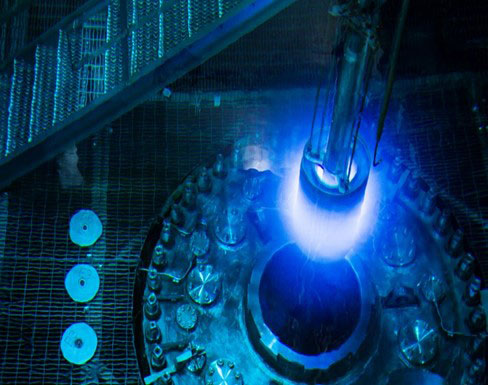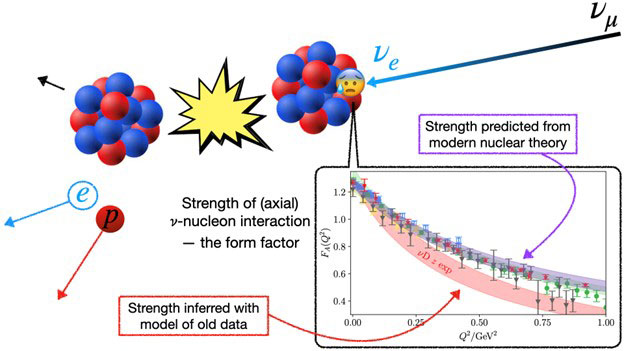Electron Accelerator-Based Physics
While proton accelerators provide the most powerful means for exploring the quantum universe, electron accelerators are the most precise. When protons smash together, the most interesting interaction occurs between one constituent from each projectile. All the other components in the collision, however, create a lot of debris that partially obscures the primary collision. When an electron and its opposite, a positron, smash together, there is no debris. This creates a very clean collision. The powerful proton collisions provide the big picture; an electron accelerator zooms in on the details.
From 1999 to 2008, the BaBar experiment at SLAC’s PEP-II electron-positron collider had investigated CP violation in the B sector. In 2002 the BaBar experiment provided definitive results that the decay rates of B and anti-B mesons differed, a result which contributes to our knowledge of how matter and antimatter behave differently and why there are so many kinds of particles in the Universe. In addition to studies of CP violation, the BaBar experiment at SLAC has pursued a broad program of research on particles containing bottom or charm quarks. Today the BaBar collaboration is actively engaged in data analysis.
Looking ahead, the proposed International Linear Collider, an electron-positron collider, or a similar machine--perhaps a muon collider--could serve as the next step in discovering new physics. A lepton collider will allow scientists to home in on the new landscape that the LHC will initially chart. Together, these discovery machines will bring the quantum universe into unprecedented focus.



